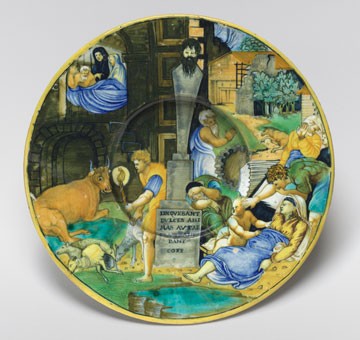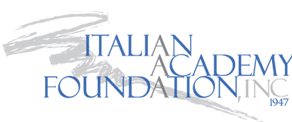Italian Renaissance Prints – first “viral art” – at National Gallery of Art

Urbino (?). Plate with the Plague of Phrygia, c. 1535/1540. Maiolica. National Gallery of Art, photo courtesy of: www.nga.gov.
The National Gallery of Art in D.C. exhibition called “Sharing Images: Renaissance Prints into Maiolica and Bronze” premieres this spring. Included in the show are 90 pieces that emphasize the influence Renaissance prints have on maiolica and bronze plaquettes.
Both maiolica (Italian tin-glazed pottery) and bronze plaquettes (small sculptures) were popular techniques during the Renaissance period. They illustrate biblical and mythical scenes and were inspired by prints. This exhibit demonstrates the transformation of prints into maiolica and bronze plaquettes and changes to the styles of artists like Raphael and Michelangelo during this period.
Along with the show, there is a publication explaining the transformation of art and design techniques seen in the show. It explains how these pieces of art were the most prized pieces of the time as popes, princes, diplomats, and scholars collected them. Additionally, it explains that these prints were some of the first viral images of European art, as they were mass-produced and then diffused. The publication further analyzes the history, the artists and pieces of art during the Renaissance period.
The show runs from April 1 to August 5, 2018. The show was made possible by a generous grant from Eugene V. and Clare E. Thaw Charitable Trust and funding from The Exhibition Circle at the National Gallery of Art. The show is curated by Jamie Gabbarelli, assistant curator of prints, drawings, and photographs at The Rhode Island School of Design Museum.
-Lauren Spinelli
